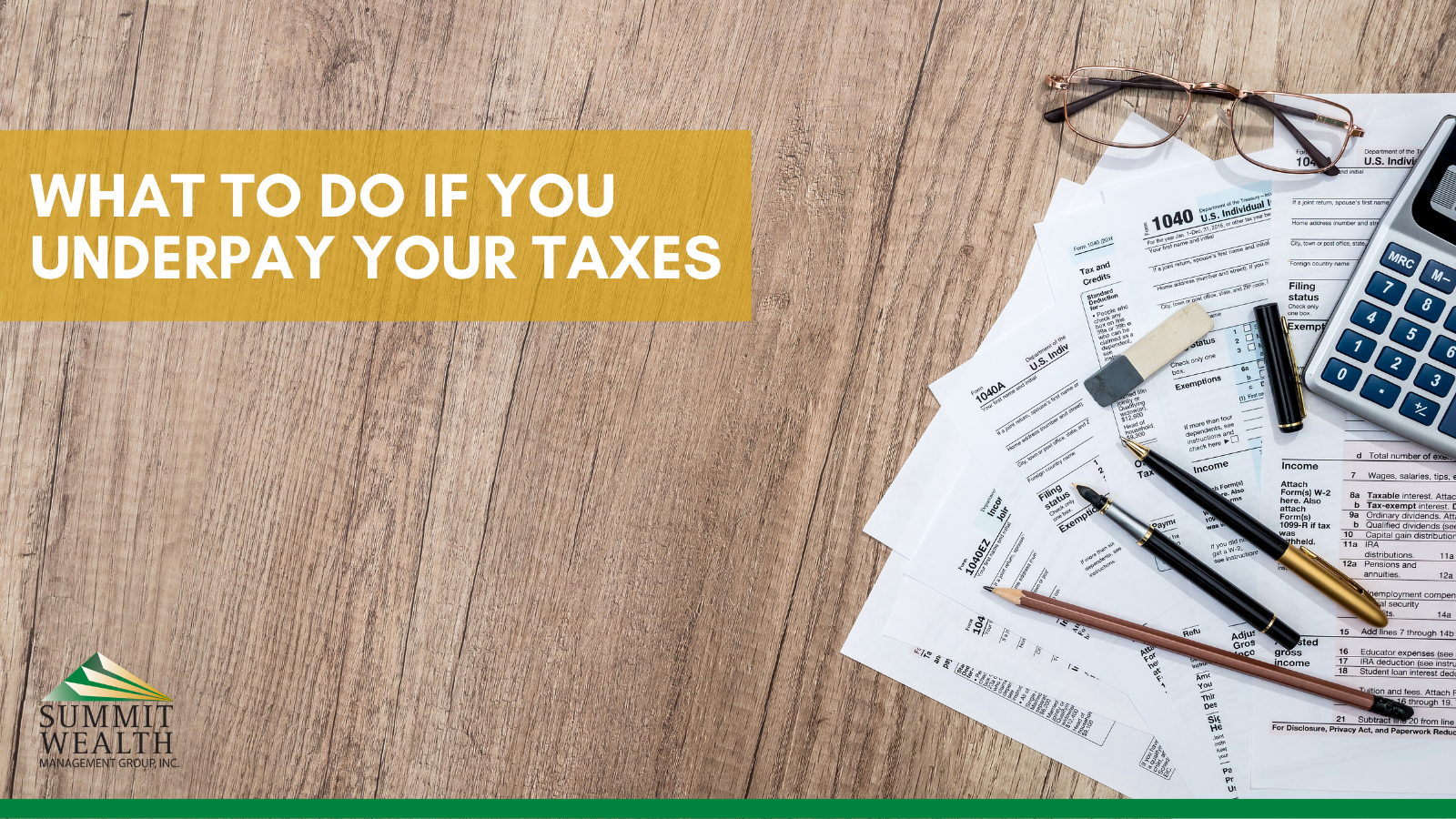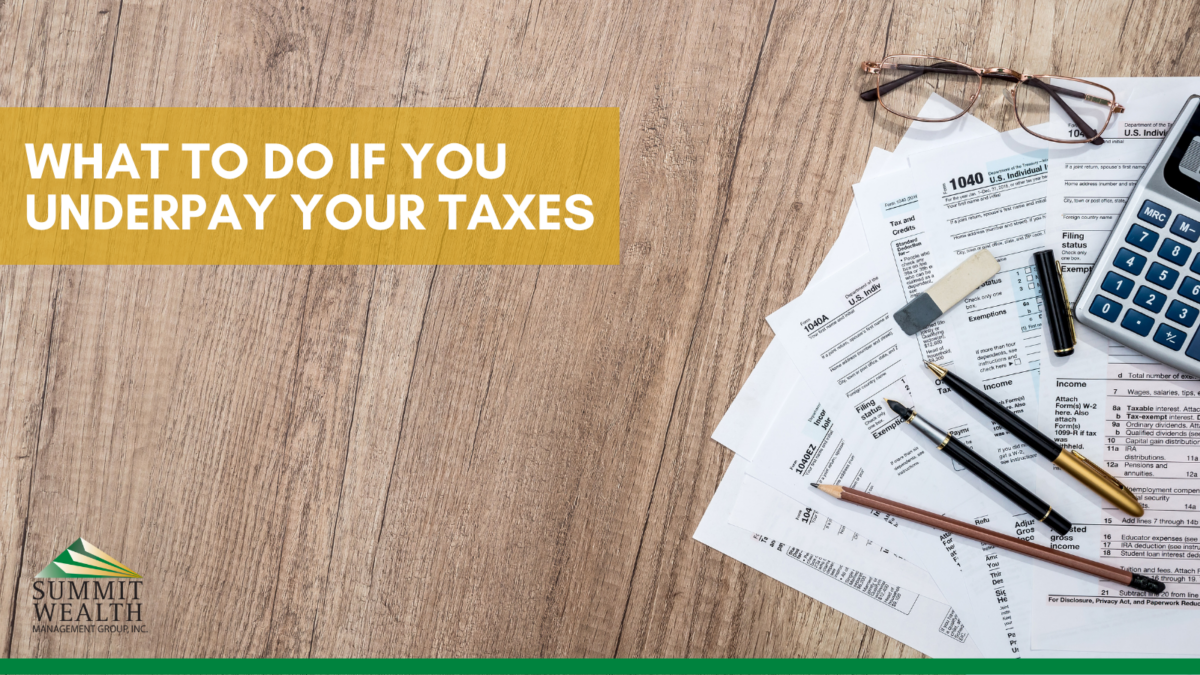
Every year, there are taxpayers that underpay their taxes. It just happens. But if you do that, no matter how innocent your underpayment might have been, you can be subject to penalties. The IRS issued a statement to help those who underpay to avoid penalties.
From the IRS: “Taxpayers who paid too little tax during 2021 can still avoid a surprise tax-time bill and possible penalty by making a quarterly estimated tax payment now, directly to the Internal Revenue Service.”
Act Now to Avoid a Penalty
Either payment method – withholding or estimated tax payments – or a combination of the two, can help avoid a surprise tax bill at tax time and the accompanying penalty that often applies.
If a taxpayer failed to make required quarterly estimated tax payments earlier in the year, making a payment soon to cover these missed payments will usually lessen and may even eliminate any possible penalty. Because the penalty calculation considers the date on which the payment or payments were made, even making a payment now, rather than waiting until the April filing deadline, often helps.
Who Needs to Make a Payment?
People who owed tax when they filed their 2020 tax return may find themselves in the same situation again when they file for 2021. This will likely be true, especially if they failed to take action to avoid another shortfall by increasing their withholding during 2021.
People in this situation often include those who itemized in the past but are now taking the standard deduction, two wage-earner households, employees with non-wage sources of income and those with complex tax situations.
In addition, families who received advance payments of the Child Tax Credit during 2021 but don't expect to qualify for the credit when they file their 2021 return, may need to make an estimated tax payment.
Additional Points to Consider
- Most income is taxable. Besides wages, interest and other investment income, which also includes income related to virtual currencies, refund interest and income from the gig economy are taxable.
- Unemployment compensation is fully taxable in 2021. The American Rescue Plan Act of 2021 allowed an exclusion of unemployment compensation of up to $10,200 for 2020 only. Often, this means that an estimated tax payment should be made, especially if no federal income tax was withheld from these payments.
- Various financial transactions, especially late in the year, can often have an unexpected tax impact. Examples include year-end and holiday bonuses, stock dividends, capital gain distributions from mutual funds, and stocks, bonds, virtual currency, real estate or other property sold at a profit.
The Tax Withholding Estimator, available on IRS.gov, can often help people determine if they need to make an estimated tax payment.
Alternatively, taxpayers can use the worksheet included with estimated tax Form-1040-ES, also available on IRS.gov.
How to Make an Estimated Payment
The fastest and easiest way to make an estimated tax payment is to do so electronically using IRS Direct Pay. Taxpayers can schedule a payment in advance for the January deadline.
Taxpayers can now also make a payment through their IRS Online Account. There they can see their payment history, any pending or recent payments and other useful tax information.
The IRS does not charge a fee for these services. Plus, using these or other electronic payment options ensures that a payment gets credited promptly.
Ready to start investing today?
Important Disclosures:
The opinions voiced in this material are for general information only and are not intended to provide specific advice or recommendations for any individual.
This information is not intended to be a substitute for specific individualized tax advice. We suggest that you discuss your specific tax issues with a qualified tax advisor.
This article was prepared by FMeX.
LPL Tracking #1-05234775


